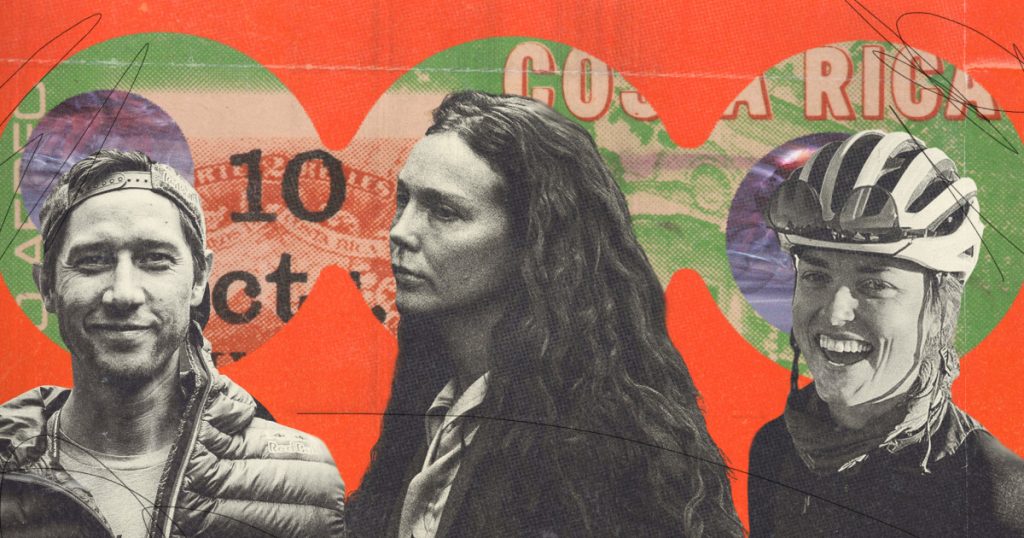In the weeks following the fatal shooting of elite cyclist Moriah “Mo” Wilson in Texas, Kaitlin Armstrong embarked on a nationwide manhunt that culminated in her capture and conviction for the murder. Wilson, a rising star in the sport of gravel racing, was found shot three times in an Austin apartment, sparking an investigation that implicated Armstrong’s jealousy-fueled rage as the motive. Colin Strickland, Wilson’s former romantic interest, was questioned by authorities, revealing details of his relationship with both women and the possible role of Armstrong’s black SUV in the crime. Despite initial uncertainty, Armstrong was arrested on a misdemeanor warrant but later released due to a clerical error. However, suspicions lingered, eventually leading to a warrant for her arrest for first-degree murder.
As investigators delved deeper into Armstrong’s connections to Wilson and Strickland, they uncovered evidence of Armstrong’s obsession with Strickland and animosity toward Wilson. Tipsters reported Armstrong’s threatening behavior, prompting authorities to issue a warrant for her arrest. Ballistics analysis linked a gun found in Armstrong’s home to the murder weapon, solidifying the case against her. However, by the time the warrant was issued, Armstrong had vanished, erasing her social media presence and fleeing the country on a stolen passport. Authorities traced her movements to New York and then to Costa Rica, after discovering Christine Armstrong’s missing passport photo.
The manhunt for Armstrong intensified as U.S. Marshals deputies pursued her trail in Costa Rica, using her apparent interest in yoga to track her movements. Booking hostels under aliases and evading authorities, Armstrong left a trail of missed connections across the country. Despite their best efforts, the deputies struggled to locate her in the unfamiliar territory, resorting to unconventional tactics to lure her out of hiding. A fake job ad for a yoga instructor ultimately proved successful in identifying Armstrong’s whereabouts, leading to her apprehension in a hostel in Santa Teresa. The dramatic capture marked the end of Armstrong’s international escapade and the beginning of her extradition to face justice in the United States.
The exhaustive manhunt in Costa Rica tested the deputies’ resolve as they navigated unfamiliar terrain, illness, and impending natural disasters. Faced with numerous challenges, the investigators remained determined to locate Armstrong before time ran out. Their strategic use of social media and local resources ultimately paid off, leading to the successful identification and arrest of Armstrong. The elaborate deception and persistence of the deputies underscored the lengths to which law enforcement would go to pursue justice for Wilson’s murder and bring Armstrong to trial. The global nature of the investigation highlighted the collaborative effort and determination of authorities to apprehend fugitives across borders, ensuring that those responsible for heinous crimes face consequences for their actions.
The hunt for Armstrong in Costa Rica symbolized a turning point in the investigation, as authorities closed in on the elusive suspect through a combination of ingenuity and perseverance. Despite the challenges and setbacks they faced, the deputies remained focused on their mission to bring Armstrong to justice and secure closure for Wilson’s loved ones. The dramatic twists and turns of the manhunt captured the public’s attention and highlighted the dedication of law enforcement professionals in pursuit of justice. Armstrong’s capture and subsequent extradition served as a reminder of the consequences of violence and the relentless pursuit of accountability for those who commit heinous acts.


